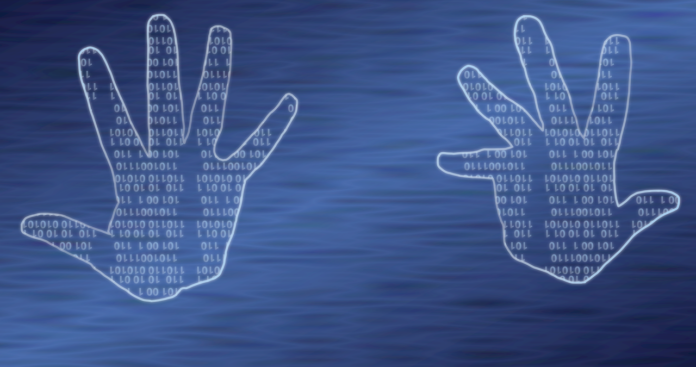Essentially, a plethora of data makes up a person’s digital identity. In part, it’s a compilation of your online activity – various online interactions and personal information account for it. Inherently, a person’s digital identity is not very straightforward because it’s spread throughout all sorts of places on the web. Here are examples of information that plays a role in forming someone’s digital identity.
Personal Information
It’s become the norm to search for people online because, at one point or another, most people leave personal information on the Internet. For example, it’s likely that a person will have entered his or her full name, address, phone number, and birth date online. Likewise, a person’s passport number and social security number can be stored online, too. Other information associated with a digital identity includes someone’s nationality, ethnicity, place of birth, and marital status.
In addition, your medical history is also tied to your digital identity. In fact, this is how health care systems operate these days. When someone arrives at a medical appointment, the physician can quickly access that patient’s medical history. Criminal records and court documents are also available online.
Social Media
Most people have a social media presence. In fact, the majority of people have several social media profiles. The details on a person’s profile are part of the data available online. Even if an account is under an anonymous persona, it can be traced to the user’s device. However, someone’s entire digital data is not exclusive to a single particular device.
In addition, your interactions on social media also play a role in your digital identity. This includes the number of comments and likes you have left on others’ posts. When a person likes a post, this action is collected as data. Your shares, retweets, and pictures you post are also part of your digital identity. Moreover, when a social media user signs a petition, this information is collected as well. Social media companies, in particular, track users’ interactions on their platforms.
Evidently, your digital identity can be wide in its scope. Case and point, the use of dating apps is a contributing factor to the information available about someone online. To register for a dating app, you will need to enter your personal data. For example, you will need to enter your name, preferences, location, and sexual orientation.
Also Read: Social Media Changes Triggered by the Internet of Things
Website Activity
When you visit a website, this action translates into digital information. In general, your online habits accumulate data. Therefore, your digital identity is not only based on given information that anyone would expect to see on a document or form. In fact, it’s also made up of statistics compiled from online behavior. Therefore, you can inadvertently create identifiers with your online activity.
Finances
Your credit score belongs to the list of financial information that contributes to your identity. Another aspect of your digital identity is related to your bank cards. For instance, a consumer can enter credit card information into an app. Subsequently, the company that owns the app can store this information, which builds the consumer’s digital identity. On top of that, a consumer’s purchases add to their digital identity. For instance, a bank will alert a client of a potentially fraudulent charge if their purchase does not match prior purchases.
Credentials
Career websites are a component. To build a profile on a platform such as LinkedIn, you would need to enter your employment history. It’s also typical for people to list their degrees and accomplishments on such career sites. A person’s work relations are also relevant to their profile. In addition, employers may connect with an employee online. Moreover, the employer and employee may correspond over the website. If a person signs up for a membership to an association or an organization online, this data is also recorded.
In conclusion, nearly anything a person does online can become a part of their digital identity. However, this information is not centralized because people use a variety of online applications.
Also Read: What No Book Will Tell You About Biometrics? An In-Depth Guide To Biometrics!









